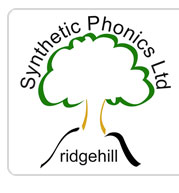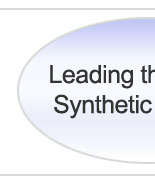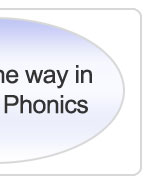 |
 Sound Discovery® is a high quality synthetic phonics literacy programme developed by Ridgehill Publishing for the teaching of reading, spelling and writing. Sound Discovery® is a high quality synthetic phonics literacy programme developed by Ridgehill Publishing for the teaching of reading, spelling and writing.
It is suitable for first-time learners, slow-to-start learners and dyslexic learners of all ages, including adults. It is also suitable for first time teaching of children and adults when English is being taught as an additional language.
Sound Discovery® meets the criteria as defined in the Rose Review of what constitutes “high quality phonic work”:
- Fully compatible with a broad and rich curriculum
- Systematic, with a clearly defined and structured progression for learning all the major grapheme/phoneme correspondences: digraphs, trigraphs, adjacent consonants and alternative graphemes for the same sound.
- Capable of being delivered in discrete daily sessions at a brisk pace that is well matched to children’s developing abilities.
- Underpinned by a synthetic approach to blending phonemes in order all through a word to read it, and segmenting words into their constituent phonemes to spell them.
- Clear that blending and segmenting are reversible processes.
- Multi-sensory, encompassing various visual, auditory and kinaesthetic activities which actively engage children (for example, manipulating magnetic or other solid letters to build words, activities involving physical movement to form letter shapes).
- Clear about the importance of speaking and listening as the foundation for embarking on a systematic phonics programme and for acquiring the skills of reading and writing.
- Offer guidance on how to assess progress and use this information to inform the next steps of learning.
- Offer guidance about adapting the programme for children with special educational needs or who have missed earlier elements.
Diane McGuinness, a world authority on synthetic phonics, has set a challenge to literacy programmes to see if they meet her exacting standards for providing “the essentials of good reading instruction”, based on what is known about how writing systems should be taught. Sound Discovery® provides a “good fit” to her prototype of a good literacy instruction programme. Her criteria are:
- No sight words except for truly undecodable words.
- No letter names.
- A “sound-to-print” orientation. Phonemes, not letters, are the basis of the code
- Teach phonemes only and no other sound units.
- Begin with an artificial, transparent alphabet: a one-to-one correspondence between 40+ phonemes and their most common spelling.
- Teach children to identify and sequence sounds in real words by segmenting and blending, using letters. Don’t do this in the auditory mode alone.
- Teach children how to write each letter. Integrate writing into every lesson.
- Link writing (spelling) and reading to ensure children understand how the code works.
- Teach spelling alternatives (there’s more than one way to spell this sound) not reading alternatives.
- Spelling should be accurate or, at a minimum, phonetically accurate.
- The final step is to introduce the entire advanced spelling code … a process that has yet to find its way into any reading programme.
An analysis of how Sound Discovery® matches up to “The Prototype” of a good literacy instruction programme, is found in the “Research and Independent Reports” (link to Research-and-Independent-Reports.htm) section of the website. |
 |


 Validated 2022
Validated 2022

 Sound Discovery® is a high quality synthetic phonics literacy programme developed by Ridgehill Publishing for the teaching of reading, spelling and writing.
Sound Discovery® is a high quality synthetic phonics literacy programme developed by Ridgehill Publishing for the teaching of reading, spelling and writing.